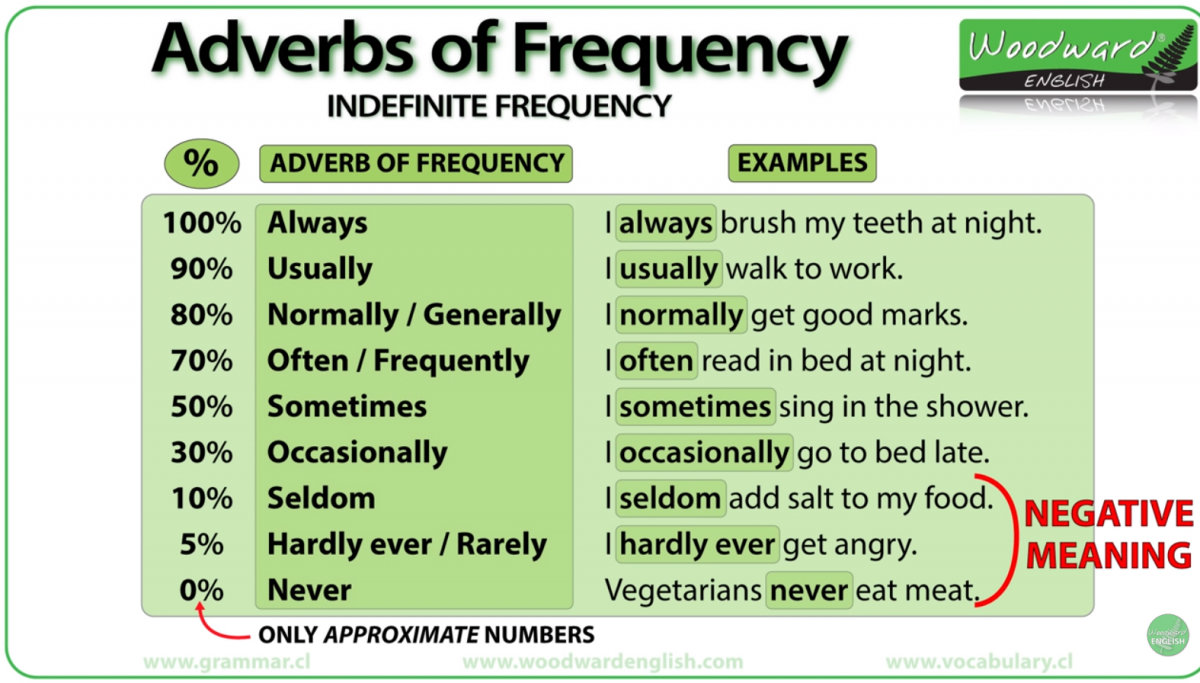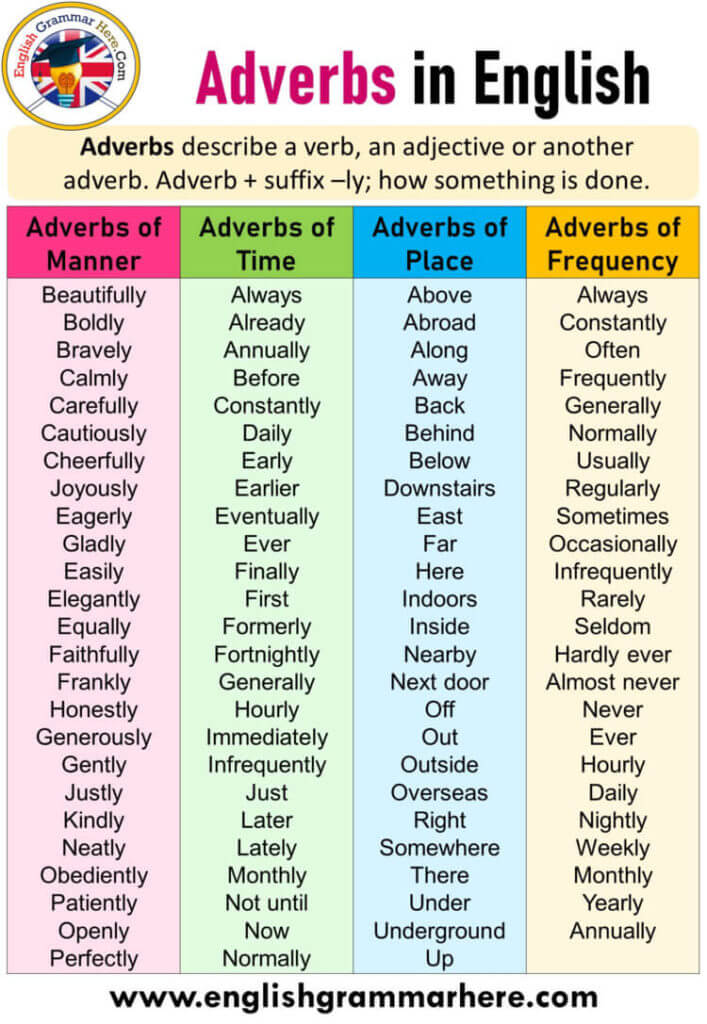

Similarly, an adverb can also be used to modify a preposition. Here ‘aggressively’ is an adverb used to modify the verb ‘played’ and ‘very’ is another adverb used to modify an adverb (aggressively) itself. By using the adverb ‘very’, it becomes more meaningful that Rohit is a much braver person. Here ‘brave’ is an adjective that is used for ‘Rohit’ and ‘very’ is an adverb used to modify the adjective ‘brave’. This article briefly explains the adverb and also its types and usage. Even a whole sentence can be modified or adjusted using an adverb. Adverb ExamplesĪn adverb can also modify adjectives, prepositions, and any other adverb. In the above sentence, the adverb modified a verb. In the first sentence, it’s not clear when the teacher will contact but, after the use of an adverb, the sentence becomes more specific and apparent. Here in the second sentence, we have used the adverb ‘shortly’. Sentence 2- My teacher will contact you shortly. A sentence without an adverb might be grammatically correct yet feels incomplete.

In English Grammar, the adverb is considered very important in the list of parts of speech. The use of an adverb makes a sentence more meaningful and coherent. In simple words, an Adverb could be defined as a word that is used as a prefix to add more information about the place, time, manner, cause or degree to a verb, an adjective, a phrase or another adverb. An adverb is a word that tells us more about a verb. Adverb Definition: An adverb is a word or a phrase that modifies verbs.


 0 kommentar(er)
0 kommentar(er)
